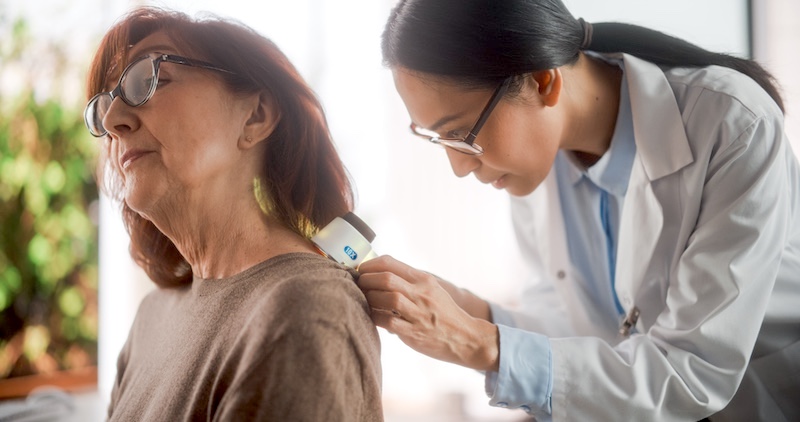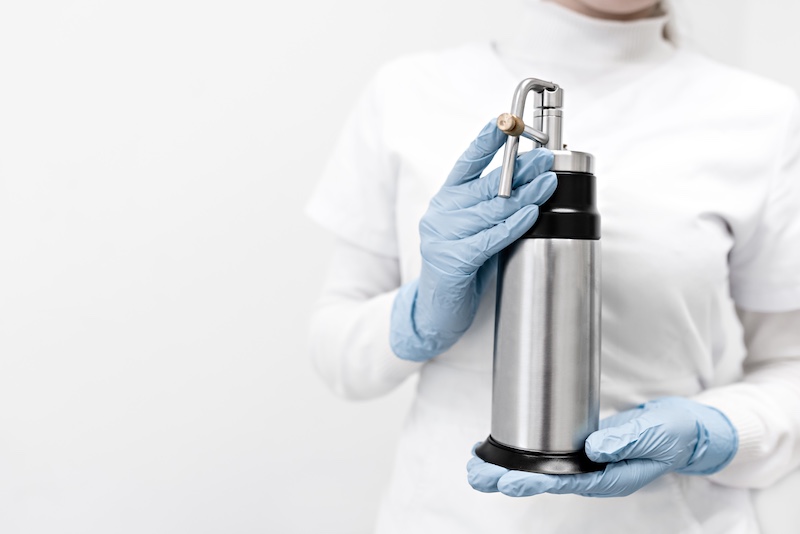Biopsies and Cryotherapy
Skin Biopsy
A skin biopsy is a medical procedure in which a small sample of skin tissue is removed and examined under a microscope to diagnose various skin conditions, including skin cancer, infections, rashes, and other dermatological issues.
The procedure is typically performed under local anesthesia to minimize discomfort, and there are several methods for obtaining the sample, including punch biopsy, shave biopsy, and excisional biopsy, depending on the location and type of lesion being evaluated. The tissue sample is then sent to a laboratory for analysis, where dermatopathologists examine it to identify abnormalities.
Skin biopsies are generally safe and well-tolerated, with most patients experiencing minimal discomfort and a quick recovery time. The results of the biopsy can provide crucial information to guide treatment decisions and help in the early detection of serious conditions like melanoma.

Cryotherapy
Cryotherapy for skin lesions is a medical treatment that uses extreme cold, typically liquid nitrogen, to freeze and destroy abnormal skin tissue. It is commonly used to treat warts, actinic keratoses, seborrheic keratoses, and some early-stage skin cancers. The procedure is quick, minimally invasive, and usually well-tolerated, with mild side effects such as redness, blistering, or temporary skin discoloration. Healing typically occurs within a few weeks, and in some cases, multiple treatments may be necessary for complete removal.

